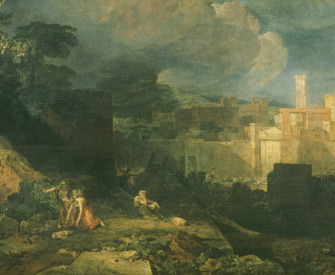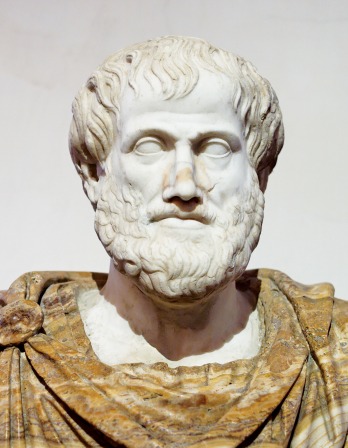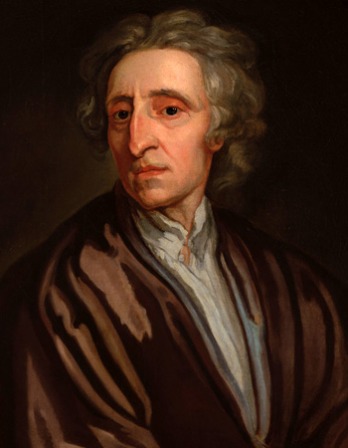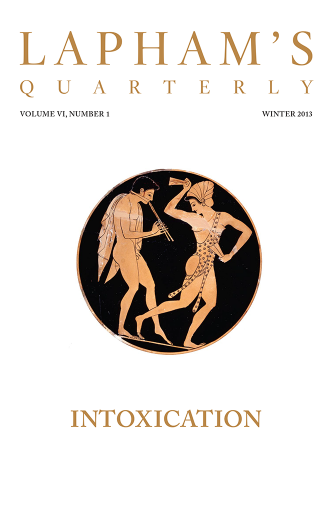Art lives from constraints and dies from freedom.
—Leonardo da Vinci, 1480Practice and Theory
Vitruvius defines the relationship.
The architect should be equipped with knowledge of many branches of study and varied kinds of learning, for it is by his judgment that all work done by the other arts is put to test. This knowledge is the child of practice and theory. Practice is the continuous and regular exercise of employment where manual work is done with any necessary material according to the design of a drawing. Theory, on the other hand, is the ability to demonstrate and explain the productions of dexterity on the principles of proportion.
It follows, therefore, that architects who have aimed at acquiring manual skill without scholarship have never been able to reach a position of authority to correspond to their pains, while those who relied only upon theories and scholarship were obviously hunting the shadow, not the substance. But those who have a thorough knowledge of both, like men armed at all points, have sooner attained their object and carried authority with them.
In all matters, but particularly in architecture, there are these two points: the thing signified, and that which gives it its significance. That which is signified is the subject of which we may be speaking, and that which gives significance is a demonstration on scientific principles. It appears, then, that one who professes himself an architect should be well versed in both directions. He ought, therefore, to be both naturally gifted and amenable to instruction. Neither natural ability without instruction nor instruction without natural ability can make the perfect artist. Let him be educated, skillful with the pencil, instructed in geometry, know much history, have followed the philosophers with attention, understand music, have some knowledge of medicine, know the opinions of the jurists, and be acquainted with astronomy and the theory of the heavens.
Perhaps to the inexperienced it will seem a marvel that human nature can comprehend such a great number of studies and keep them in the memory. Still, the observation that all studies have a common bond of union and intercourse with one another will lead to the belief that this can easily be realized. For a liberal education forms, as it were, a single body made up of these members. Those, therefore, who from tender years receive instruction in the various forms of learning recognize the same stamp on all the arts and an intercourse between all studies, and so they more readily comprehend them all.
For an architect ought not to be and cannot be such a philologian as was Aristarchus, although not illiterate; nor a musician like Aristoxenus, though not absolutely ignorant of music; nor a painter like Apelles, though not unskillful in drawing; nor a sculptor such as was Myron or Polyclitus, though not unacquainted with the plastic art; nor again a physician like Hippocrates, though not ignorant of medicine; nor in the other sciences need he excel in each, though he should not be unskillful in them. For, in the midst of all this great variety of subjects, an individual cannot attain to perfection in each, because it is scarcely in his power to take in and comprehend the general theories of them.
Still, it is not architects alone that cannot in all matters reach perfection, but even men who individually practice specialties in the arts do not all attain to the highest point of merit. Therefore, if among artists working each in a single field not all, but only a few in an entire generation acquire fame, and that with difficulty, how can an architect, who has to be skillful in many arts, accomplish not merely the feat—in itself a great marvel—of being deficient in none of them, but also that of surpassing all those artists who have devoted themselves with unremitting industry to single fields?
Vitruvius
From On Architecture. While the life of the Roman architect remains obscure, his ten-book treatise served as a blueprint for city planners and artists working through the Renaissance and Baroque periods. Leonardo da Vinci derived his “Vitruvian Man” from a passage in Book III in which the author attributes the design of classical architecture to the proportions of the human figure.




